#SOLSONA
Explore tagged Tumblr posts
Text

Solsona, Central Catalonia.
Photo by Solsona Turisme.
70 notes
·
View notes
Text
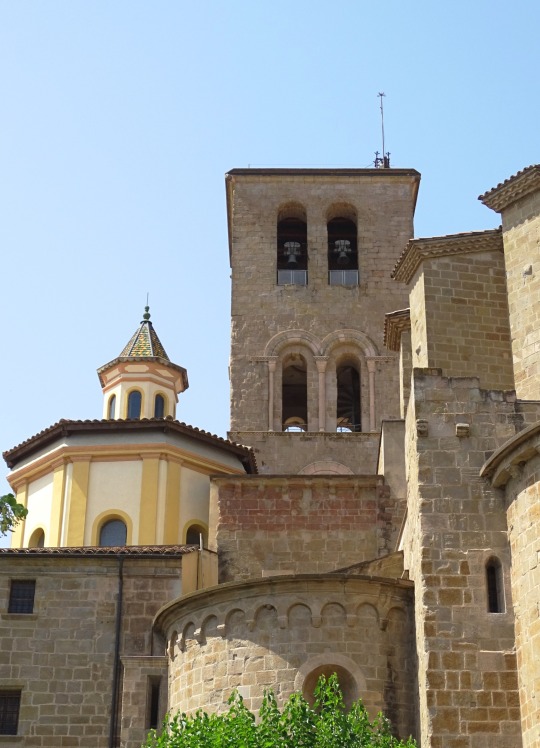
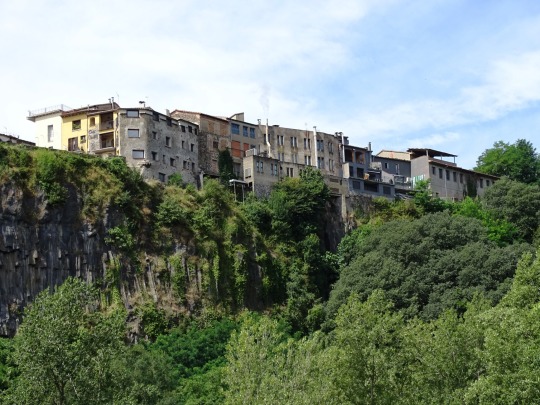
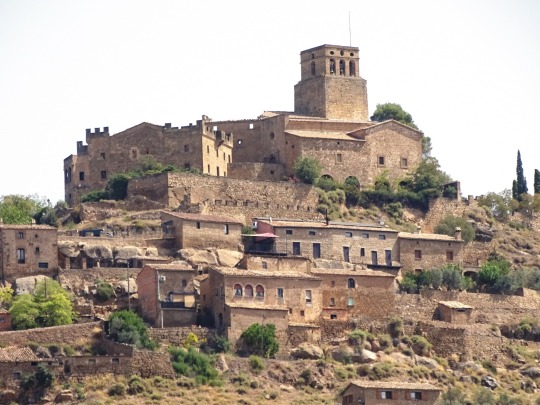

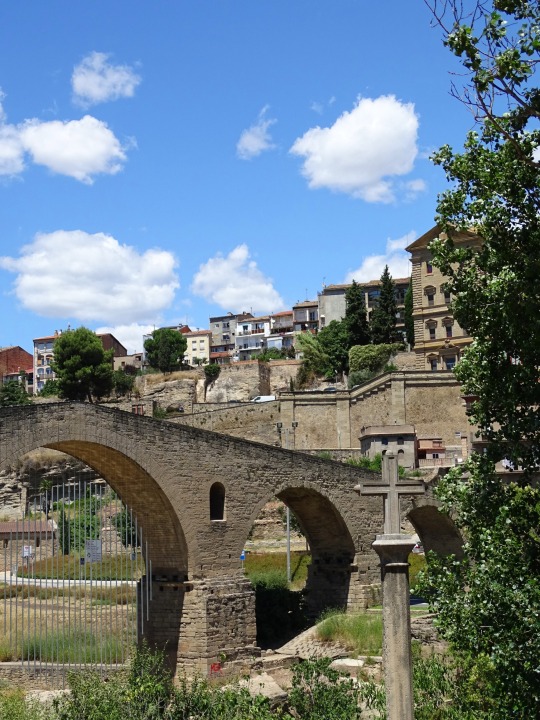
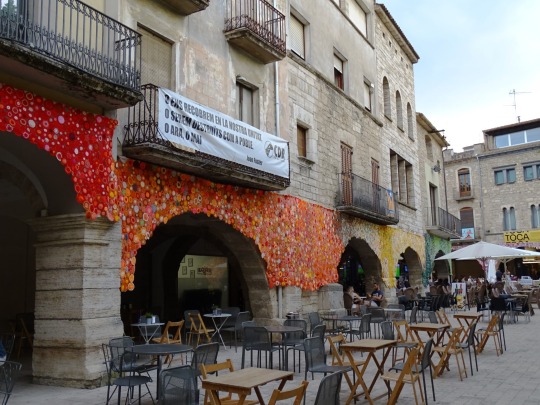
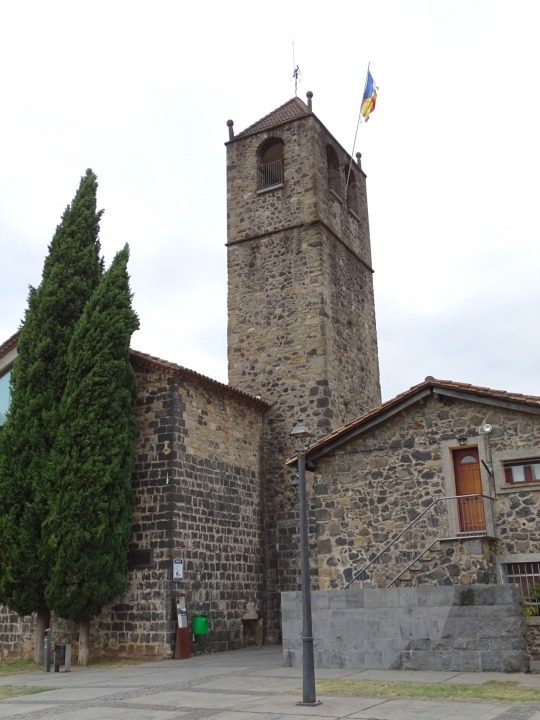

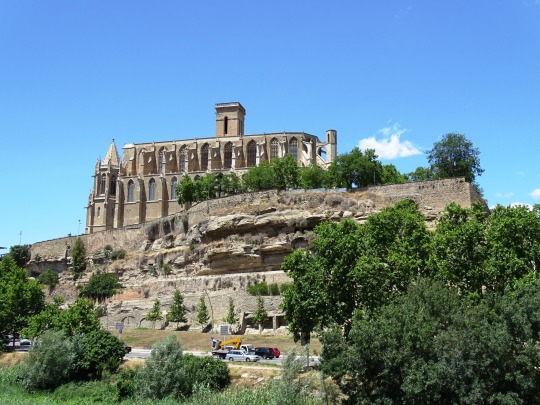
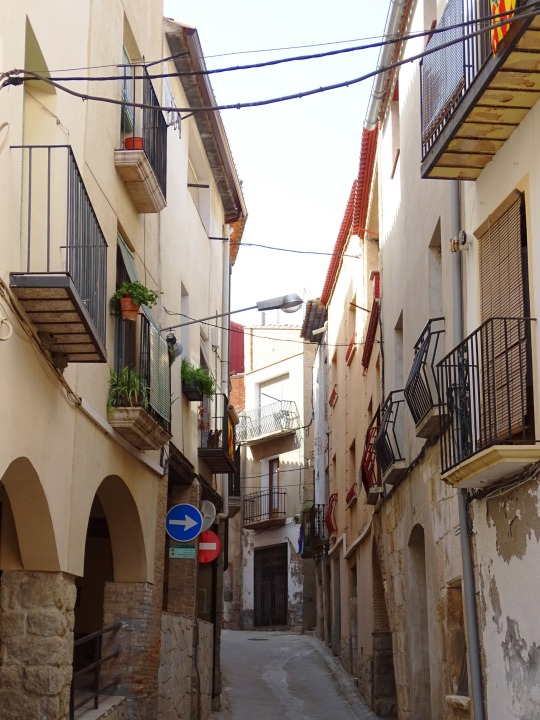
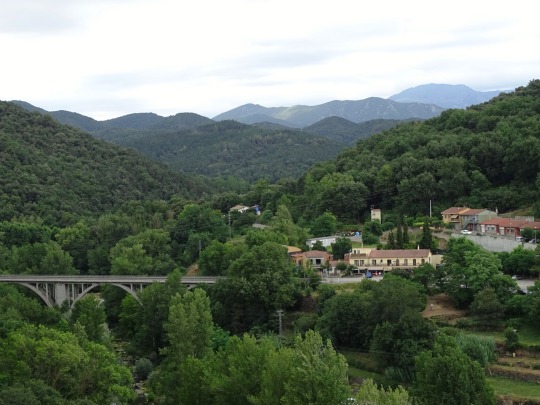
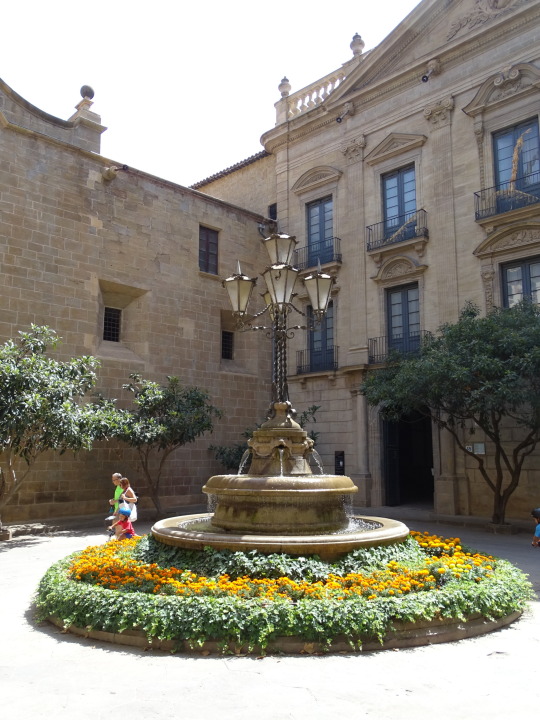



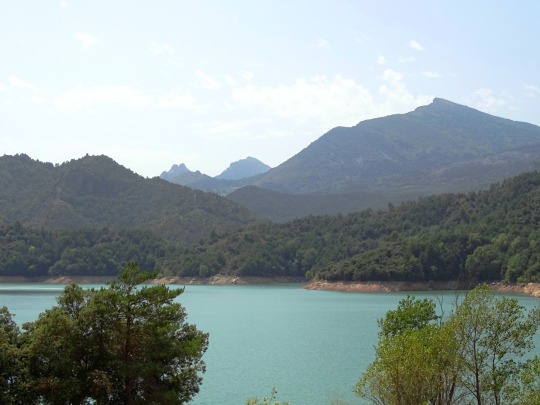

Catalonia declared independence from Spain on October 27, 2017.
#Castellfollit de la Roca#Catalonia#independence#27 October 2017#travel#architecture#cityscape#landscape#countryside#original photography#summer 2021#Spain#Ribelles#Castelló de Farfanya#Solsona#Manresa#Capafonts#La Garrocha Volcanic Zone Natural Park#Prades Mountains#Pantà de la Baells#Banyoles#reservoir#Pyrenees#tourist attraction#landmark#España#Southern Europe#anniversary#Spanish history#vacation
6 notes
·
View notes
Video
SOLSONA-PINTURA-ART-ACABANT-QUADRE-CATEDRAL-PAISATGES-FOTOS-PINTOR-ERNEST DESCALS por Ernest Descals Por Flickr: SOLSONA-PINTURA-ART-ACABANT-QUADRE-CATEDRAL-PAISATGES-FOTOS-PINTOR-ERNEST DESCALS-- Acabando el cuadro con el paisaje de la CATEDRAL de SOLSONA, el pintor con su caballete de campo instalado delante del monumental paisaje, se trata de introducir en el lienzo la monumentalidad paisajista de la atmósfera del lugar en unos momentos concretos, resonancias impresionistas en los pintores que quieren Pintar inmersos en el paisajismo contemplado a través del corazón. Fotos del artista pintor Ernest Descals pintando al aire libre y recibiendo los imputs que vuelan por el aire.
#FOTOS#PICTURES#PAINTER#PAINTERS#PAINTING#PAINTINGS#OLEOS#LIENZOS#IMPUTS#AIRE#IMPRESIONISMO#IMPRESIONISTAS#CABALLETE#CUADRO#CUADROS#QUADRE#QUADRES#PAISATGISME#PAISATGISTES#PAISAJISMO#PAISAJISTA#CATEDRAL#SOLSONA#SANTA MARIA#CATHEDRAL#MONUMENTAL#MONUMENTALISMO#PAISAJE#PAISAJES#PAISATGE
0 notes
Text

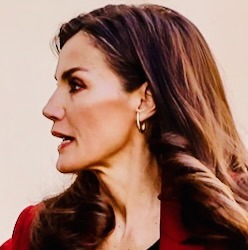


Through the Years → Queen Letizia of Spain (2,488/∞) 12 March 2025 | King Felipe VI and Queen Letizia upon their arrival at a meeting with business organizations linked to the recovery of the areas affected by the hurricane of October 29, at the CEV headquarters, in Valencia, Valencia, Spain. Don Felipe VI and Doña Letizia come to the Valencian capital to meet with business leaders and social groups linked to the recovery process after the catastrophic hurricane that devastated towns in the south of the province of Valencia and caused the death of 228 people. (Photo By Rober Solsona/Europa Press via Getty Images)
1 note
·
View note
Text
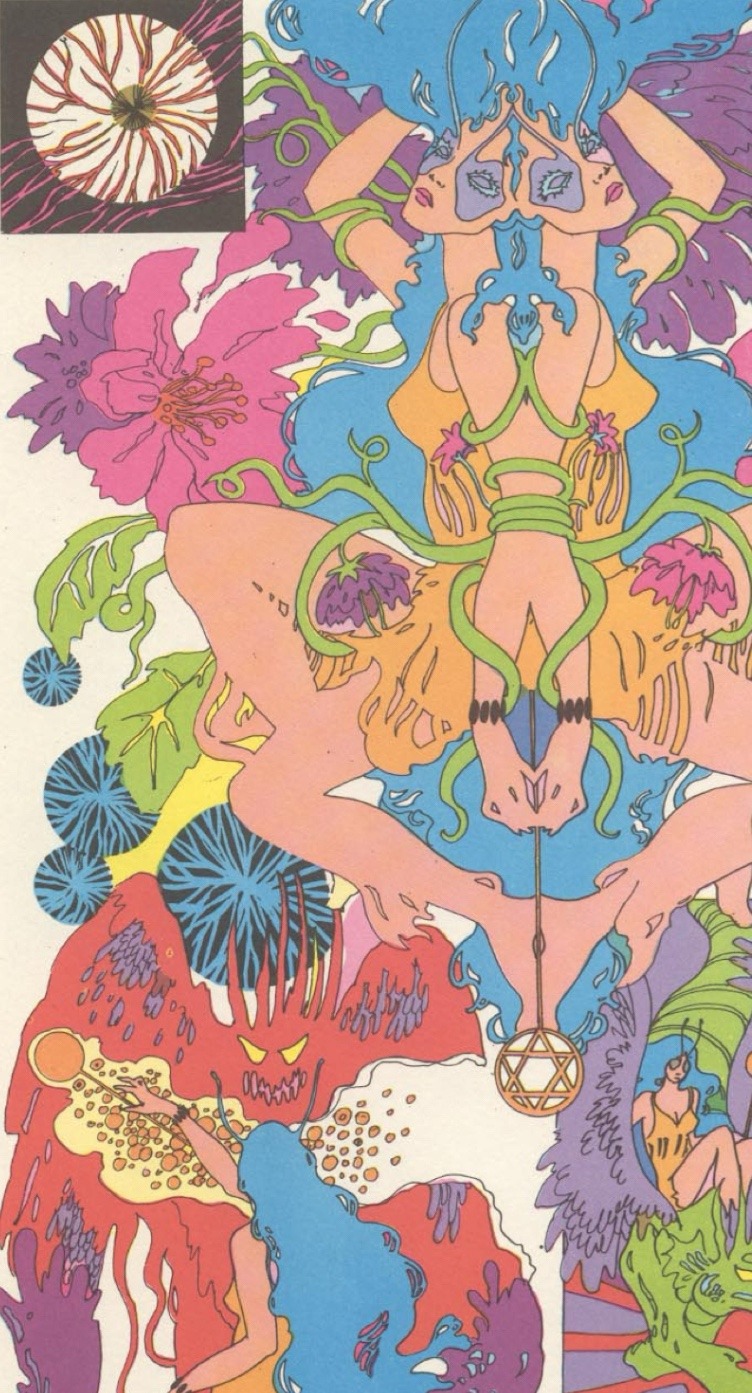
1 note
·
View note
Text


LA SANTA CENA. Retablo de Santa Cristina de Linya. Jaume Ferrer (siglo xv), MUSEO DE SOLSONA, LLEIDA. Los retablos eran elementos decorativos e los altares de las iglesias. Ferrer eligió para su Última Cena recipientes de cerámica de Manises con sus característicos diseños florales estilizados. La población de Manises próxima a Valencia, era uno de los grandes centros de producción de cerámica mudéjar. El uso de las letras góticas, como el Ave María del plato, data de la primera mitad del siglo xv.
Última cena de la iglesia de Santa Constança de Linya
Pintura a la témpera sobre madera de la predela de un gran retablo, del segundo cuarto del siglo XV, donde se representa la Última cena. La figura central de Cristo comparte mesa con los apóstoles y con la figura, poco habitual, de Magdalena. Destacan los detalles en el servicio de mesa, especialmente la vajilla, correspondiente a la serie Ave Maria de la cerámica de Manises. Se atribuye a Jaume Ferrer I, o a Pere Teixidor, y proviene de la iglesia de Santa Constança de Linya (Navès, Solsonès).
#santa cena#jaume ferrer#museo de solsona#lleida#siglo xv#Retablo de Santa Cristina de Linya#retablo#manises#Última cena de la iglesia de Santa Constança de Linya
0 notes
Text
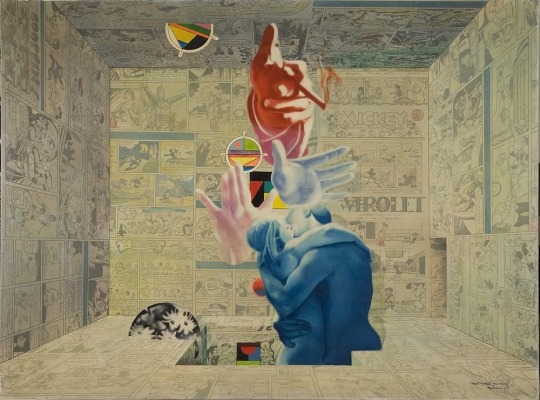
[•]
1 note
·
View note
Text
I believe this image is from the comic Agar-Agar by Alberto Solsona.




[source]
I'm having trouble tracking down more info about Solsona and his art. But, I would agree that it is speaking to both the Pop Art and Psychedelia movements of the 60s through the conventions of American comics. Which would make sense given the 1971 date on the original post. Psychedelic art often pulls from Art Nouveau and Folk Art, which is where we get the organic shapes and refrences to nature done up in bold colours.
Some popular Psychedelic artists are: Wes Wilson, Victor Moscoso, and Gary Grimshaw.
Hope this helps.
@wilwheaton

Dracula Magazine #8 , New English Library 1971.
468 notes
·
View notes
Text
oh that ending was atrocious but fitting 😂😂😂
0 notes
Text



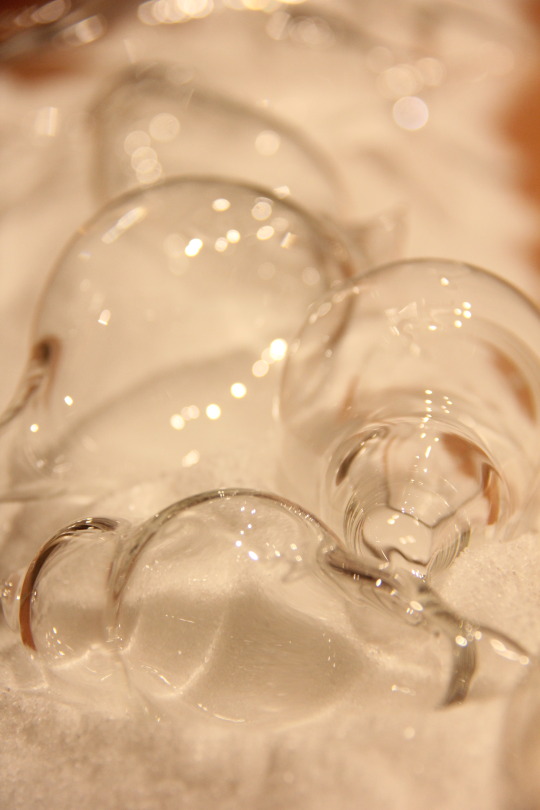

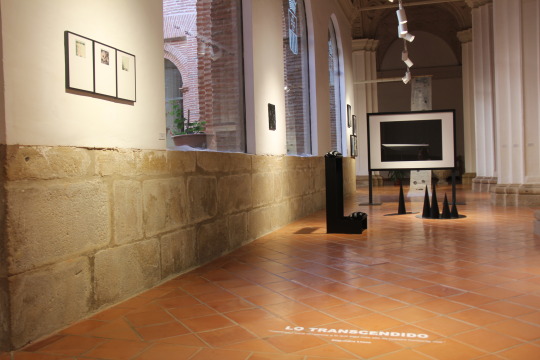

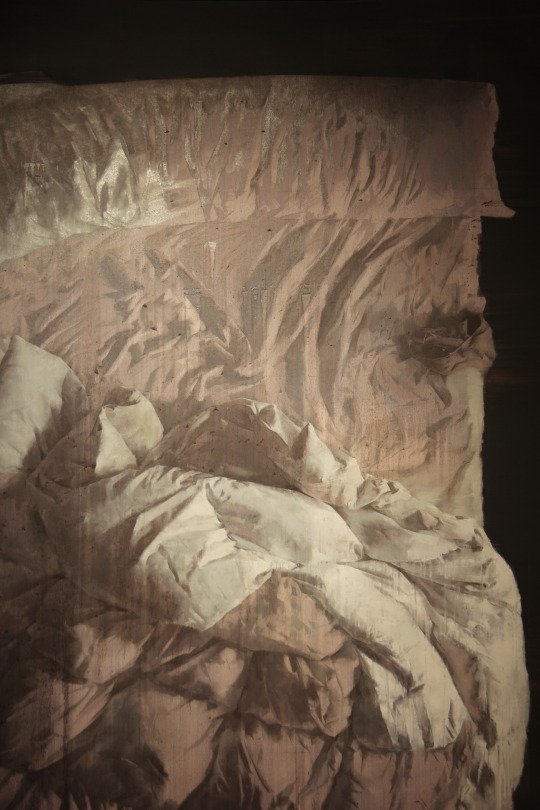





Exposición "La muerte no existe. El espíritu ni nace ni muere", que se podrá ver hasta el 26 de septiembre.
Organizada por la Fundación Térvalis junto al Monasterio Santa Maria Del Olivar en colaboración con Turismo y Cultura Andorra Sierra de Arcos y el apoyo de la Universitat Politècnica de València UPV y el Museo Provincial de Teruel - DPT
Comisariado: Gene Martín y Alejandro Mañas Garcia
Artista: Eulalia Valldosera, Ernesto Artillo, Joana Cera, Leo Tena, Diego Aznar Remón, Mariano Calvé, Ramón Boter, Quinita Fogué, Fernando Gaya, Alina Rotzinger, Lucia Villarroya Gorbe, Gene Martín, Marianela Morales, Hugo Casanova, Carmen Solsona, Artista visual Alejandro MAÑAS, Araceli García, Circulo de Agua, Carolina Cañada, Robyn Chadwick, Jose Miguel Abril Aznar, Mijael Riggieri, Mateo Patón, Carlos Pujol, Sandra Money, Reyes Esteban, Marta Ortega, Laura Kmetz, Laura Rubio y Luis Salvador.
#Eulalia Valldosera#Ernesto Artillo#Joana Cera#Leo Tena#Diego Aznar Remón#Mariano Calvé#Quinita Fogué#Fernando Gaya#Alina Rotzinger#Lucia Villarroya Gorbe#Gene Martín#Marianela Morales#Hugo Casanova#Carmen Solsona#Alejandro Mañas#Araceli García#Circulo de Agua#Carolina Cañada#Robyn Chadwick#Jose Miguel Abril Aznar#Mijael Riggieri#Mateo Patón#Carlos Pujol#Sandra Money#Reyes Esteban#Marta Ortega#Laura Kmetz#Laura Rubio#Luis Salvador#muerte
1 note
·
View note
Text
Who was the last deadly victim of the Spanish Inquisition?
Technically, the last victim sentenced to death by the Spanish Inquisition was María de los Dolores López, a Sevillian nun killed in 1781 for heresy. However, things didn't stop there.
The Spanish government of the Three Liberal Years (1820-1823) technically abolished the Inquisition, but the Inquisition continued the same now under the name of "Faith Tribunals". The same men who were inquisitors continued to do the same job as members of the Faith Tribunals, and the Inquisition's prisons simply became the Faith Tribunal's prisons. De facto, everything stayed the same until 1834.
Then, who was the last person killed by these fanatic tribunals?

It was this man: Gaietà Ripoll i Pla. A teacher sentenced to death in the city of València in the year 1826.
He was born in Solsona (Catalonia) in 1778. He fought in the Peninsula War against Napoleon's invasion, but in 1810 was captured as a prisoner of war and taken to France. There, he met Quakers and converted to Deism (belief in God that can be observed through empirical means, but not follower of one specific religion or Church). Four years later he came back and became a teacher.
He taught children in Russafa (nowadays, this town has been absorbed by the growing city of València and has become a neighbourhood of València), in a house built by the neighbours and also giving private lessons. Russafa was a very rural town, where most of its inhabitants worked in the fields and did not know how to read nor write.
Writings of the time show that Gaietà was very respected by the neighbours, who praised his integrity and goodness, but the fact that he did not go to mass caught people's attention. When a local woman asked him why he didn't go, he answered that he knew more than the priests. After some time, some neighbours told the Archbishop of València that this teacher was not following Catholicism's rules and wasn't making children pray in school.
He was arrested in October 1824 and jailed for two years in what used to be the Inquisition's prison in València, which was now the Valencian Faith Tribunal's prison. The inquisitor (now president of València's Faith Tribunal) Miguel Toranzo wrote that Gaietà refused to accept the truth of Catholicism and that he told children in his school that they should not say Ave María Purísima and that it's not necessary to hear mass in order to be saved.
To sentence him to death, the tribunal used the Medieval Partidas laws from Castile, which sentenced to death those Christians who had walked away from Catholicism to become heretics or Jewish. He was sentenced to be hanged and burned, but the sentence added that "nowadays no nation in Europe burns or materially sentences men to the flames", thus "the burning can be represented by painting flames on a bucket, which the executioner will place under the scaffold so that the prisoner's suffocated body will fall in it".
And that's how it went. He was hanged in València's Market Square, fell on the fake-flames bucket, and his body was thrown to the Túria river.
During all the centuries that it lasted for, the Inquisition/Faith Tribunals caused unimaginable amounts of suffering and death, not only to the people they were torturing and killing, also to their families, their friends, their neighbourhoods (consider the fear and trauma inflicted on everyone who saw it happen and knew it could happen to anyone), their whole communities (was the mostly-illiterate town of Russafa not better with the work of this kind-hearted teacher who gave its children a formal education?), and even the whole of Humanity (we have lost countless works of art, of science, philosophy, medicine, new ideas that could bring us all better times). Even after the end of the Inquisition/Faith Tribunals, even after the end of the Spanish national-Catholic dictatorship (1939-1978), there is so much that we can never get back that was taken by religious fanaticism / Christian extremism.

Translation of the plaque: València's City Council restores this plaque which was in this square between the years 1906 and 1940, in homage to Gaietà Ripoll i Pla, a freethinker teacher who had his school in Russafa and who was the Inquisition's last victim.
#història#país valencià#history#inquisition#19th century#1800s#gaietà ripoll i pla#russafa#valència#solsona#did you know#interesting facts#fun facts#european history#historical#society#spanish inquisition
114 notes
·
View notes
Text




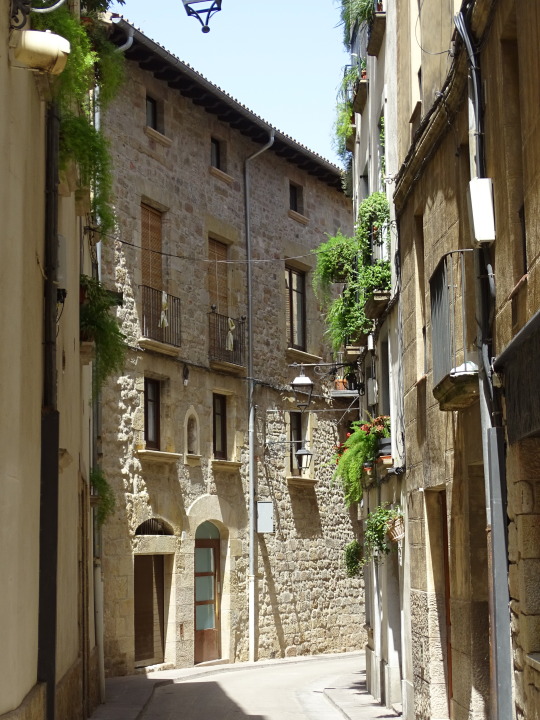
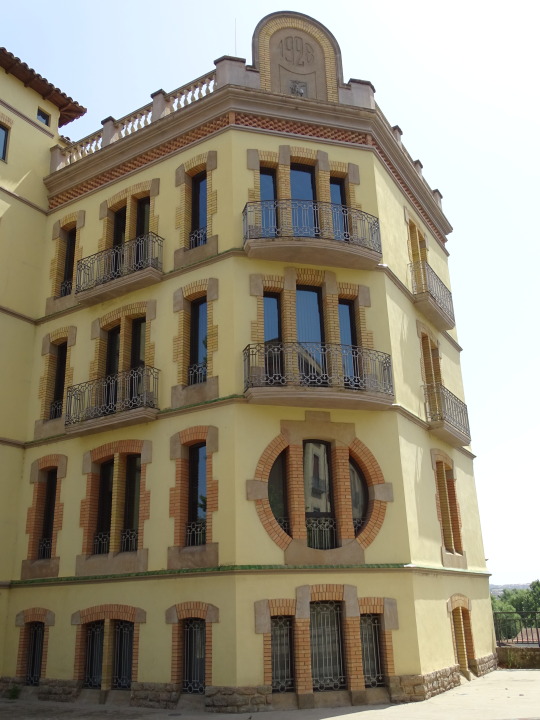




Solsona, Spain (No. 10)
Solsona stands out for the varied festivals it celebrates during the year and especially for the folkloric and traditional character of its celebrations:
The most important of the festivities is the Festa Mayor, a celebration that began in the eighteenth century, but with even older origins. It is celebrated from September 7 to 11, with the first three days being the most important and outstanding.
Solsona also celebrates Corpus Christi, having a structure very similar to that of the Festa Mayor, since the folklore that participates in the Festa Mayor, initially arose in this festivity.
Since the 1970s, the celebration that has taken a lot of strength and that brings together thousands of attendees every year is the Carnival of Solsona that is usually celebrated in February. Its parody character and its own original style make it one of the best Carnivals that exist. For San Isidro, in May, the San Isidro Fair is celebrated. It is a fair organized on weekends and dedicated to the agricultural and livestock sector, being an important attraction for the city.
Another characteristic festivities is that of Easter where through the streets of Solsona different groups go out to sing the traditional caramellas being accompanied by dances and trabucaires.
Finally, it is also worth mentioning the celebration of other events such as the Three Tombs for San Antonio, or the meeting of giants dedicated to children that takes place on August 16, or the Christmas celebrations that involve the theatrical representation of the Shepherds.
Source: Wikipedia
#Solsona#España#Southern Europe#Nucli antic#pedestrian zone#Solsonès#Northern Spain#Lleida#Catalonia#summer 2021#travel#original photography#vacation#tourist attraction#landmark#architecture#cityscape#Art Noveau
3 notes
·
View notes
Text

From: Metrònom: Relligat / Assembling, Sala Metrònom, Barcelona, 1982 [Libreria El Astillero, Cantabria]
Contributors: Fernando and Vicente Roscubas, Benet Rossell, Carme Sanglas, Sapigues i Entenguis Productions, Assumpta Solsona and Reu Terraes, Steva Terrades, F. Torres Monso, Usquam, Francesc Abad, Vicenç Altaió, Xoan Anleo, Jordi Benito, Xavier Canals, Jordi Cerda, Eugènia Ciuro, Jaime Cabanas, Alejandro Corominas, Pep Duran Esteva, Fermin Encinar, Gabriel, Abert Girós, Concha Jerez, Josep Ma. Joan i Rosa, Géerard Jonca, José Luis Mata, Pere Noguera, Perejaume, Alberte Permuy, Marcel Pey, Glòria Picazo, Joan Rabascall
22 notes
·
View notes
Video
CATEDRAL-SOLSONA-PINTURA-ART-CAMPANARIO-LUZ-CAMBIO-CLIMA-CIELO AZUL-CUADROS-PINTOR-ERNEST DESCALS por Ernest Descals Por Flickr: CATEDRAL-SOLSONA-PINTURA-ART-CAMPANARIO-LUZ-CAMBIO-CLIMA-CIELO AZUL-CUADROS-PINTOR-ERNEST DESCALS Desde la sombra he pintado el paisaje con la Catedral de Solsona y su campanario con la badera catalana arriba del todo, no acostumbro a pintar banderas pero ésta me ha interesado por su estratégica posición, un dia con luz pesada, síntomas del cambio de clima que vivimos ahora en Setiembre, mucho fresco en el ambiente, baja temperatura, y un potente cielo de tonos axules cargados de pigmento atmósferico. Pintura del artista pintor Ernest Descals sobre lienzo de 73 x 92 centímetros, los árboles me han dado medio cuadro, el resto es arquitetcura monumental.
#CATEDRAL#SOLSONA#VILLAGE#COMARCA#SOLSONES#LLEIDA#CATALONIA#CATALUNYA#LANDSCAPE#CIELO AZUL#BLUE SKY#PINTURA#PINTAR#PINTANDO#PINTANT#PINTOR#PINTORS#PINTORES#PAINTER#PAINTERS#PAINTING#PAINTINGS#CAMPANARIO#BANDERA CATALANA#CAMPANAR#CAMBIOS#CLIMA#TEMPERATURA#WEATHER#FRIO
1 note
·
View note
Text

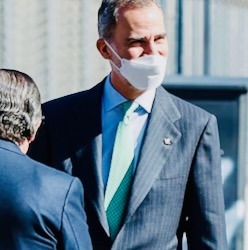
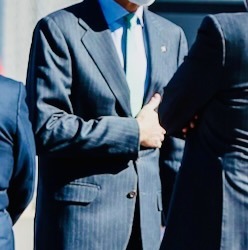
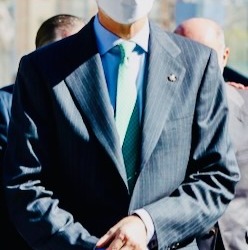
Through the Years → Felipe VI of Spain (2,748/∞) 22 February 2022 | The President of the Generalitat Valenciana, Ximo Puig; King Felipe VI and the Mayor of Valencia, Joan Ribo, on their arrival at the closing ceremony of the General Assembly of the Valencian Association of Entrepreneurs 2022, in L'Alqueria del Basket, in Valencia, Valencian Community, Spain. The General Assembly of the Valencian Association of Entrepreneurs brings together 165 entrepreneurs from the three provinces of the Valencian Community, which have a turnover equivalent to 62% of the region's GDP and generate more than 295,000 jobs. The Assembly, which this year celebrates its 40th anniversary, promotes the socioeconomic development and territorial integration of the Valencian Community and Spain, as well as contributing to the promotion of the competitiveness of the economy. Its method consists of identifying and analyzing challenges and trying to create the social and political conditions that turn them into strengths and opportunities. (Photo By Rober Solsona/Europa Press via Getty Images)
1 note
·
View note
Text


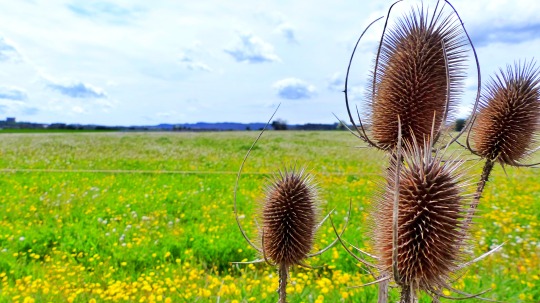
Just know you're not alone so Im gonna make this place your home
Solsona,Catalonia
#photography#landscape#landscapelovers#nature#naturelovers#catalonia#catalunya#sky#mountain view#field#clouds#sky photography
75 notes
·
View notes